Is it a harbinger of what lies ahead? Live Nation, the world’s largest festival organizer and known in the Netherlands as the parent company behind MOJO (Pinkpop, Lowlands), recently sold no fewer than 170,000 festival tickets in the United Kingdom in three days. And that while there is a good chance that festivals cannot even take place this summer. Closer to home, we are also getting signals that festival organizers are selling a lot of tickets for events that have recently been announced. It can be seen in everything: people are done with the pandemic. If you fantasize a little further, you can already see it: masses of people, dancing, sweating, cuddling and emotional. Party like never before. Would it really be so? Can we expect a third Summer Of Love?
The first Summer Of Love
In general, the Summer Of Love refers to two defining moments in music history, and in a broader sense youth culture. A sweltering hot summer in which hedonism, music, art, activism and creative impulses go hand in hand. The first Summer Of Love is perhaps the best known: it marked the peak of hippie culture in the United States. This Summer Of Love took place in Haight-Ashbury, a San Francisco neighborhood, in 1967. Within a few months, young people who believed in a better world were indulging in music, partying, drugs, and free love.
Second Summer Of Love
The second Summer Of Love is less known, but no less influential. In 1987, a group of English DJs (including Paul Oakenfold and Danny Rampling) came across American house music in Ibiza, and decided to introduce this sound to England. It marked the start of the English rave scene and, more broadly, the start of house culture in Europe. At unique hedonistic club events in vacant squats, house music from Chicago and Detroit was played for nights and many clubbers were introduced to a new drug for the first time: MDMA, or XTC.
The second Summer Of Love lasted from 1988 to 1989. From there, house music spread to Amsterdam and other cities in Europe. The Second Summer Of Love marked a turning point in the night culture and the start of the organized dance scene. It is partly because of this that house music has broken through to the general public and the reason that we now enjoy dance festivals, superstar DJs and dark clubs with stroboscopes.
And now? The third Summer Of Love?
You don’t know what you’re missing until it’s gone. This cliché may also apply to the dance scene, where the visitor became increasingly spoiled and the competition was fierce. Because the dance scene is now a considerable commercial and profitable sector, the hedonic early years are long behind us. For years there have been rumors that the dance scene was becoming more commercial, more uniform and safer. The visitor was probably a bit spoiled too, with top DJs at top festivals every week.
How different it is now. Today, a walk through the forest is perhaps the most exciting thing to do. With the lifting of the one and a half meter society, we may soon experience a kind of ‘big bang’: a communal roar of lighting, when the dance floors are open again.
Time will tell, but we expect that enjoying together and good music are the most important factors. Headliners may therefore become a lot less important, because soon we will not only be looking at the artist, but also at each other again. Just like the two Summers Of Love were all about being together and having the best time possible.
Curious about how to program an upcoming event that fits in with these challenging times? Contact us and we will be happy to brainstorm with you.
